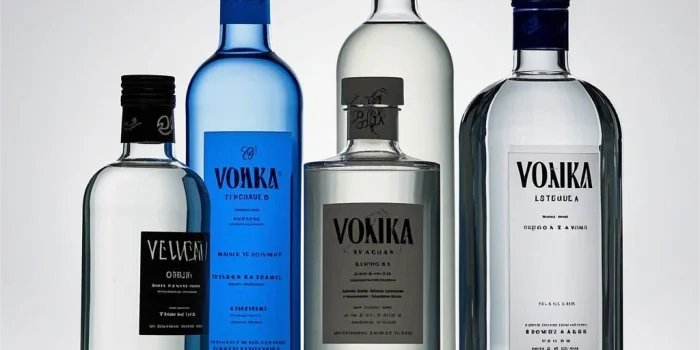That "great price" per bottle might not be…

Collaborating for Success: How B2B Clients and Designers Can Work Together to Create a Winning Vodka Bottle Design
Collaborating for Success: How B2B Clients and Designers Can Work Together to Create a Winning Vodka Bottle Design
Introduction

Creating an exceptional vodka bottle design requires a harmonious collaboration between B2B clients and designers. The process involves meticulous planning, clear communication, and a shared vision to create a product that stands out on the shelves and resonates with consumers. This post explores key strategies for fostering effective collaboration and designing a winning vodka bottle.
1.Establish Clear Objectives

Before diving into the design process, it’s essential for B2B clients and designers to establish clear objectives. Understanding the target market, brand identity, and specific goals for the vodka bottle design lays a solid foundation. Clients should provide detailed briefs and any relevant brand guidelines to ensure designers have a comprehensive understanding of the project’s scope.
2.Open Communication Channels

Open and continuous communication is crucial for a successful collaboration. Both parties should establish preferred communication methods and frequency of updates. Regular check-ins via virtual meetings, emails, or collaborative platforms can help address any concerns or feedback promptly, ensuring the project stays on track.
3.Foster Creative Freedom

While clients provide essential guidelines and objectives, it’s important to allow designers some creative freedom. Encouraging designers to explore innovative ideas can lead to unique and captivating bottle designs. Clients should trust the expertise of designers and be open to suggestions that may enhance the overall aesthetic and functionality of the bottle.
4.Share Inspiration and References

Sharing inspiration and references can help align the vision of both clients and designers. Mood boards, reference images, and examples of successful designs can provide valuable insights and foster a shared creative direction. These visual aids serve as a reference point throughout the design process, ensuring everyone is on the same page.
5.Collaborative Feedback Process

Feedback is an integral part of the design process. Establishing a collaborative feedback loop allows for constructive criticism and iterative improvements. Clients should provide specific and actionable feedback, while designers should be receptive and adaptable. This collaborative approach ensures that the final design meets both aesthetic and functional requirements.
6.Emphasize Practicality and Functionality

A winning vodka bottle design should not only be visually appealing but also practical and functional. Designers need to consider the ergonomics of the bottle, ease of use, and sustainability. Collaborating on prototyping and testing phases can help identify any potential issues and refine the design for optimal user experience.
7.Celebrate Milestones Together

Recognizing and celebrating milestones throughout the design journey fosters a positive and motivated partnership. Acknowledging achievements and progress boosts morale and strengthens the collaborative spirit. It reinforces the idea that creating a winning design is a shared achievement.
Conclusion

Creating a standout vodka bottle design requires a collaborative effort between B2B clients and designers. By establishing clear objectives, maintaining open communication, fostering creative freedom, and emphasizing practicality, both parties can work together to create a memorable and successful product. A well-designed vodka bottle not only captures the essence of the brand but also leaves a lasting impression on consumers.
750ml glass bottleglass bottleglass bottle designglass containerliquor bottlerum bottlesvodka bottle designvodka glass bottlewhiskey bottlewhisky bottle craft




